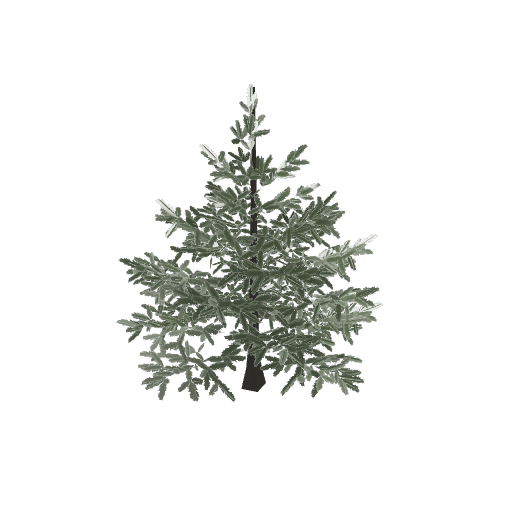Balsam fir
Wolastoqiyik: stahqon
Mi’kmaq: stogon
The balsam fir tree and many other plants are widely used by Indigenous peoples. In addition to providing food and the materials to craft objects, many plants are used for their medicinal properties or spiritual purposes. For the Algonquian peoples, food and medicine are intrinsically linked.
For example, the balsam fir, a very common species in the forests surrounding the estuary, is used in many ways by Indigenous peoples. The branches are traditionally used on the ground of dwellings to keep moisture out. The needles are prized for their curative properties: infused as a tea, they treat sore throats, coughs, colds, and lung or digestive problems. Pitch, a resinous liquid found in the bark of fir trees, is used in construction and medicine. It produces tar for sealing the seams of bark panels on wigwams and canoes and is also used to soothe infected eyes.
Depending on the type of plant, different parts are used for medicinal purposes: the leaves, the roots or the buds. The remedies are prepared in various ways, such as infusions, poultices or incense. The plants collected are always handled with respect by the Indigenous peoples because of the benefits they offer.
References
Origin: Digital 3D drawing
Sources:
Turner, N. J. (2006, January 7). Indigenous Peoples Medecine in Canada. In The canadian encyclopedia. Retrieved September 10, 2022, from https://www.thecanadianencyclopedia.ca/en/article/native-medicines
